Ben Calhoun has been in love with radio since he was twelve years old. After college he began working at WBEZ, Chicago’s National Public Radio affiliate, eventually working his way to This American Life where, among other projects, he was a reporter on the story “Harper High School,” about gun violence in Chicago, and an editor on “The Out Crowd,” which won the 2020 Pulitzer Prize for Audio Reporting. Calhoun has also contributed to dozens of shows and podcasts, including Morning Edition, All Things Considered, Serial, and Radiolab, and worked on stories about everything from school board fights to “artificial calamari.” He is currently the executive producer of The Daily, a podcast from The New York Times, where he oversees an editorial team of more than fifty people. As someone who knows nothing about making radio, I was grateful to Ben for teaching me about close listening, collaborative editing, and how to navigate the many evolving forms of audio journalism.
Merve Emre: Give us a brief capsule biography of your journey from college to where you are today.
Ben Calhoun: I would say there are two major plot points. The first was when I was twelve. I was listening to public radio in the backseat of a car, sitting outside of a grocery store waiting for my mom to come out. Terry Gross was interviewing a musician named Ted Hawkins, who was talking about his life and his music. I fell in love with broadcasting. I fell in love with the idea that a conversation could bring everyone listening into someone else’s world; that you could inhabit it and feel things and see things that you didn’t have access to otherwise. It was like magic to me.
I listened to the radio relentlessly after that, from jazz DJs to public radio. There’s a photo of me standing next to a speaker in a Nirvana shirt and ripped jeans, but what I’m listening to is Prairie Home Companion. If you drilled into the molten core of public radio in 1980, Prairie Home Companion would flow out of it.
The second moment was in college. I had a job delivering pizzas for Papa John’s, and one day my brakes went out. I had been listening to an episode of This American Life about business conventions. In that episode, Nancy Updike tells a story about two people who meet at a convention and fall in love, but one of them dies on the plane ride home. At the time, I didn’t have a cell phone, I had to deliver five orders, and I was in the middle of nowhere in the suburbs of southern Milwaukee. It was a real problem. But I realized, I want to hear what happens next in the story. It registered for me: I don’t know how they make this thing that they make, but I swear I’m going to find out, and I’m going to do it.
What happened to the pizza?
I made it back. I just ran the car into the curb when I needed to stop.
I graduated from college, during which I ran a bunch of radio shows, with the intention of just getting my foot in the door. I ended up at WBEZ in Chicago, and I did anything that the news department needed: xeroxing, binding audio-editing manuals, writing newscasts for Morning Edition at four o’clock in the morning. It took ten years, but eventually This American Life hired me. I spent half a decade at that show, over two stints, and at Serial, our sister production.
Talk to me about moving from This American Life to The Daily, which is a different genre of audio.
I spent the first nine years in news. I became a creature of newsrooms, with a certain belligerence against authority and a love of scrutiny and obsessive accuracy. Afflict the comfortable and comfort the afflicted. These were ideas that really appealed to me. The idea of giving people access to a platform to talk about their experiences was always compelling to me. I told many different journalistic, nonfiction-type stories at This American Life, but three years ago The Daily knocked on my door and was like, We need somebody with your weird combination of expertise—one part news and one part longform. That is the double helix of what that show is: a longform, structured audio story propelled by the news moment. The Daily was start-up size when I got there. For five years, they made the show with about twelve people, working until 5:30 in the morning and getting up at 9 AM. They brought me in to transition to a more sustainable, long-term model for the team.
Many of the editors I’ve interviewed have started out at magazines editing criticism or journalism, and that’s all they’ve edited. Or they started out commissioning and editing book-length nonfiction, and that is all they do. But you have worked in the newsroom, you’ve worked for longform podcasts, and you’ve worked for The Daily, which you describe beautifully as twinning longform and news. How do you think schematically about the different genres that are jostling against one another in audio today?
For my own sake, I’ve always broken it down, first, into news, like the NPR variety—generally short form, though sometimes with longer arcs that go to, like, seven minutes. Then you’ve got polished nonfiction, like Radiolab, This American Life, and Serial, with that scripted aesthetic. Then there’s “chat,” the Bill Simmonses and the Call Her Daddys, those kinds of shows with a lot of riffing and modified monologuing. There are also the miscellanies, and I love those shows too. There’s a great old show called Joe Frank, by a guy named Joe Frank, who would make these arty, indescribably beautiful episodes—you can hear a lot of the precursors to This American Life in there—where he’s scoring for emotional ambience with script or spoken-word performance. There was also a show called Word Jazz by Ken Nordine in Chicago. Basically, that’s how I map it out.
On this podcast last year, we talked with critics about their practice of close reading: of reading a text attentively to schematize and interpret it. Is there a practice of close listening that helps you think about how you go about editing, constructing, and interpreting a story?
When I got to This American Life, I was used to public radio edits with a one-to-one model, meaning that, as a reporter, I would write a story and then I had a wonderful editor, Cate Cahan, who would clean it up. When I went to This American Life, I learned how to do group editing.
Let me explain with a visual:

It looks like a really bad poem. Things are indented and justified left. Where you see “track, track, track,” that is where you put keywords from what the writer, the audio narrator, is saying—as you’re listening, you’re registering things that you can hang on to. Then, if the narrator goes to a clip of tape, like a sound bite from an interview with someone, that’s where it says “Speaker A.” There, you would pick up a keyword that was in that clip from the tape. Then you go back to the narrator, who is now performing another track, and pick up a keyword. So, you go down and change the indentation when it changes speakers.
Here you can see it in practice.

These are hand logs made by my colleagues. You can see they’re just chicken-scratching out keywords from different portions of the story. What this does is, it makes a miniature structure. You can map a one-hour audio documentary, essentially, on four pages. This gives you handles for what your experience was. I would make a circle where I got bored and where I started to drift, or put a question mark and circle it where I was confused. Or I might make a line with two little arrows to show where I thought something was taking too long and we would want to condense it.
I want to share this because I’ve come to feel that so much of editing is about clocking your own experience as a consumer of the thing and being hyper-alert to the feelings that you’re having, then being able to communicate those feelings as notes to the person who made it—comments like “shorten this” or “make sure that this point lands cleaner.” Then they can implement their changes. Everyone at This American Life would listen to a draft and create a shared map that we could then use to discuss it. At times, we would have four, five, or six people on an edit. Afterward we would go around and everybody would give their notes using maps that look just like this.
It sounds like you’re listening for a few different things. First, for theme: What is the person talking about from one moment to the next? How are we moving between theme one and two and three? Second, for voices: Where do Speaker A and Speaker B come into the track? Third, for pace: How long do I spend on a point before I move on? What will people’s tolerance be? And fourth, for a narrative arc: Where do we begin and end? What points are supposed to land? Does that sound right?
That sounds totally right. If I were to highlight two things to look for when editing audio, they would be confusion and boredom. They’re very common when making one-hour documentaries. I bring in drafts of shows that were supposed to be an hour and ended up an hour and forty-five minutes—you’re prone to have some boredom and confusion in there.
With audio editing, you’re dealing with the raw material or a draft of a story. Audio is insanely intolerant of repetition, even more so than print. If there’s a light repeat in how anything is conveyed, your brain sets off this obnoxious alarm: “Oh, I feel like I’ve seen that tree before. Are we going in a circle?” Also, audio is always structured in reverse. You’re starting with an idea, a feeling, or a plot point that’s important, and working backward. I used to make a diagram for people that showed how they listen through time. You’re going along with the story, and it’s escalating, and when you hit, say, the music post—you know, when the music in This American Life comes in—it always arrives with a feeling, an idea, a realization, a reflection. We always structure audio so that a section is driving at those things. The point is the payoff. It’s got a very experiential particularity.
There is an analog here with certain forms of print. My editor at The New Yorker often says that the difference between academic and magazine writing is that academics begin with the payoff and then tell the story, but magazine writing tells the story to give you the payoff at the end.
To land it with a punch.
How does hand-logging help you reverse engineer the structure of a story? Does learning how to listen teach you how to produce?
That’s a really good question. There is a separate tool that I gained through a lot of pain, which I shouldn’t have had to go through. I’m going to share a big story about this.
One day, I had to get something from Ira Glass at This American Life, so I go to his office, and I say, “Can I just get ten minutes?” He said, “Yes, if you talk to these two Israeli guys who want to make our show in Hebrew.” And I said, “That is not what I was expecting, but we can do that. We can quid pro quo this situation.” These two guys ask us how to structure a story for audio. Ira said to me, “Well, you go first.” And I said, “I would prefer that you go first, but all right: What I do is I take hours of logs and I flag all of the things that I feel like are the most meaningful. I flag key plot points. I flag beautiful exchanges. I flag what feel like meaningful or emotional moments, and I just mark all of the things that I’m kind of in love with.”
This is while listening to raw audio?
Yes. For any story, you might have anywhere from two to, like, thirty or forty hours of raw tape. I would go through it all, I would number all of those things, and then I would make a table of contents. It would be numbered one through fifty, and I would star, circle, or note the things that felt the most essential. Then I would use that as my little key, and sequence the numbers into an outline: We’re doing four, then we’re doing seven, and then we’re jumping back to one. I would make my outline by letting it be driven by the power of the material I was working with. Because, for audio, you just always want the tape driving the construction of the thing.
So I finish explaining this, and Ira says, “Oh, well, I do the same thing. Except I use letters.” I spent twelve years coming up with this system, and letters are better! I said, “I wish I could go back to 2001, and you could just sit down with me for thirty minutes. You would have saved me years of agony.”
Here is a third example:

It’s essentially an outline in my quasi-legible handwriting, some things are blue and some are red. This is the structure for a story called “Just South of the Unicorns.” What you’ll see in the outline are moments I knew we needed. Those are in red—the material I could not imagine this story without. Then there are bracketed things, which are the pieces of tape that are expendable. I am making a map of what absolutely has to exist in the finished version and making decisions about what I can lose. Whether it’s on the editing or on the making side, it’s about coming up with a tool so that you can put handles on your ideas.
“Just South of the Unicorns” begins with a chance encounter that motivates a deep dive into the history of a beloved writer. Other stories you work on are more investigative. How do you think about structuring the second kind of story?
I’ve got two kids. They’re eleven and thirteen, and the eleven-year-old listens obsessively to books on tape. She recently started talking about the beginning of any story as “the scrape.” I said, “What do you mean ‘the scrape’?” And she said, “You know, where they’re telling you what it’s going to be about, and they give you enough information so that you can follow it.” And I said, “Oh, you’re talking about exposition.” I love that by listening to audiobooks, she decided to call exposition “the scrape.” I was recently talking to people at The Daily about how I feel like there’s really only one structure. You’re locked into a chronology, in general, with moments of reflection and meaning. But getting into the story, you can have a ton of invention.
You can scrape in different ways.
You can scrape in so many different ways. Here’s an example of the story where the scrape did not pan out. Sarah Koenig had gotten a tip about a guy who worked in a pork-processing plant and had seen a bunch of boxes labeled “artificial calamari.” “What’s artificial calamari?” he asked. Another person said, “It’s hog bung. Hog rectum.” Since Sarah’s got higher-class things to investigate, she asked if anybody wanted to look into this. Oh, my gosh, I did. I’d frame the whole thing as an investigation: Is this true?
To be totally clear for everybody who hasn’t heard this episode, the question is whether or not hog rectum is passed off as calamari in restaurants.
You just want the answer, right? I realized at a certain point in reporting it out that I was not going to be able to get the answer. I remember one morning, when I was in the shower, I thought, “The way I’ve built the stakes of this entire thing is not going to work.” But I want it to be true. I want this story to exist in the world. Can I, midstory, switch the stakes for the listener?
The last person I talked to was this guy Eddie Lin. He had a website called “Deep End Dining,” and he’d eaten a lot of hog bung. This is an excerpt from episode 484 of This American Life, where you’ll hear where we switch out the stakes:
He thought it wouldn’t be easy. But he thought it could be done. And there was only one way to tell if he was right—to cook up some bung and eat it. And if the taste was overwhelming and the texture was all wrong, well, then I’d have my answer.
And at this point, I’ll be frank. I started to root for the bung. I realized that this is not a story about fraud. It’s not a bait-and-switch story.
It’s a story about possibility. It’s classic rags to riches. It’s about whether a cut of meat—perhaps the lowliest, most malignable cut of meat in America—might somehow, in at least one place on the planet, be dipped in the redemptive oils of the great culinary equalizer that is the deep fryer.
And it might emerge transformed, no longer an outcast, but instead hair combed, clean shaven, in a suit and tie. It might walk reborn onto a table. Through sheer force of resemblance, it might be loved. Its history, years of drudgery and hardship, doing the body’s least glamorous job, all washed away.
No, this is not the story of a con man like Bernie Madoff. It’s Pretty Woman. This is whether Good Will Hunting finds his way out of Southie. It’s whether Charlie, on that very last chocolate bar, really can get a golden ticket.
I feel like I’m listening to a locker room speech. The team is down, and you’re the coach telling the players they’re going to turn it all around. The music starts to swell. We get a rags-to-riches, losers-to-winners story. Of course, it’s completely hilarious too, and ridiculous. How did you write that? How did you score it?
If we couldn’t get to the truth about calamari, we could get to the truth about feeling like an underdog. That’s what the story was about for me, as a narrative and as a possibility in the world. We all know the underdog story. It’s such a deep well. It’s so universal. I thought, if I can wrap my arms around how that feels, maybe I can pull off this switcheroo. Honestly, I didn’t know if it was going to work. I wrote that story without an initial edit. I remember I brought it into Ira’s office, and he said, “How long is it?” I said, “Twenty-six minutes.” He said, “How long should it be?” And I said, “Well, it depends on your appetite for butt jokes.” It ended up being twenty-four minutes long.
In reporting the episode, you called the National Restaurant Association and the National Pork Board, and you spoke to an anthropologist who told you your questions were racist. How do you embed a resistant source or a hostile source into a story?
One of the things I love about audio is how the interaction of conversations can be alive in the experience. I feel like my current employer would be troubled by me talking about this in the context of The Daily. But The Daily is so often a reporter’s journey. How did the reporter get interested in this subject? You pose the question going forward, and then you follow through the gathering of information, which can take so many careening turns.
When I went back to work at WBEZ in Chicago, there was an education reporter starting on the beat. She had talked to the Chicago Public School District for a spot about the budget. She said, “The tape is so hard, the spokesperson is mansplaining to me the whole time.” I said, “Do you have a good clip of that?” She played me a clip where she says something that is clearly right, and he doesn’t want to hear what she’s saying. He just goes, “Becky, Becky, Becky, Becky, Becky!” I was like, “We are putting that on the radio!” It was unorthodox for a Morning Edition news spot. But when I listened to it, I was excited for her. You were out of a newscast for a second, and you were in an exchange between two human beings, one of whom was being belligerent. She found a way for that interaction to exist in an act of storytelling.
Everything that you’ve described for us—hand-logging, thematically arranging (and rearranging) a story, talking to multiple sources, finding ways to use a hostile source—makes complete sense in the context of a longform podcast, a highly polished kind of form. How did the needs of The Daily change your practice of editing?
The Daily is like a speed-chess version of the same thing. I use all the same tools. The process of The Daily is highly structured, even though the format is a conversation between colleagues. We have a question, and we go to a reporter who we think has done the reporting and can give us the answer. Or we see an article and we think it can sustain an episode. Then there’s what everyone calls a “pre-interview,” but inside The Daily is called a “pre-chat.” I don’t know why. But we call the reporter and ask a bunch of questions about the reporting, and what we’re doing is just mining for ideas. If they’ve got material, we’re talking about the material, and then structuring a conversation around ideas.
I think of those conversations like the tango. There are certain things that happen at certain times, and you’re expecting them to happen. The reporters sense it from the conversations before the show. The producers and the hosts all have a map of how things are expected to go. We may veer off, but we know the idea or the feeling we’re going to drive at before the ad break in the middle of the show. We know what we’re going to do and when, but the choreography unfolds in a way that propels you from beat to beat. The genius of the team that created the show was figuring out how to reverse engineer a conversation so that it retains a certain amount of life and oxygen.
The show’s power—one story told every day, plucked from the news—is also its vulnerability. There’s pressure on the editorial decision of what story warrants that level of focus. In our noisy news cycle, there’s so much power in that focus. I hear all the time from listeners who say, “I won’t pay attention to that story, I’ll just wait for a The Daily episode to be made. They can come in and I can make sense of it. They’ve got the decoder ring.”

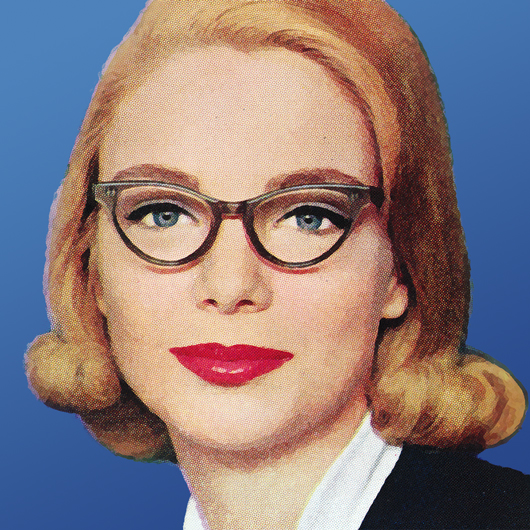







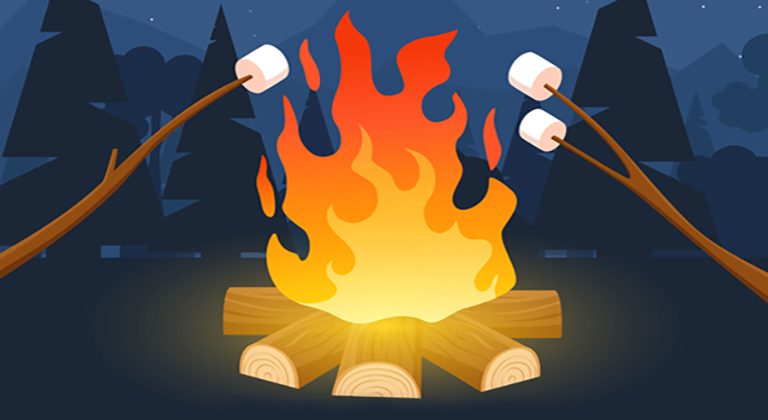


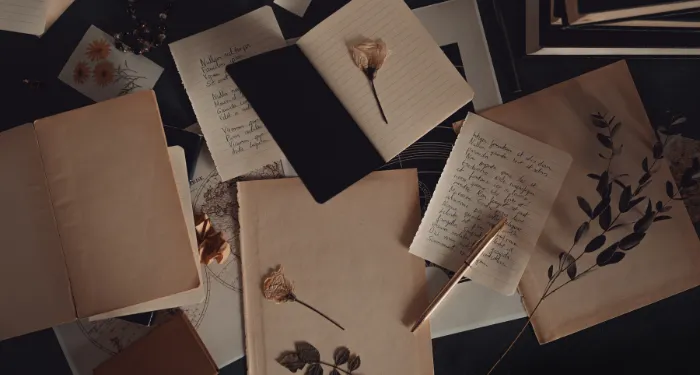
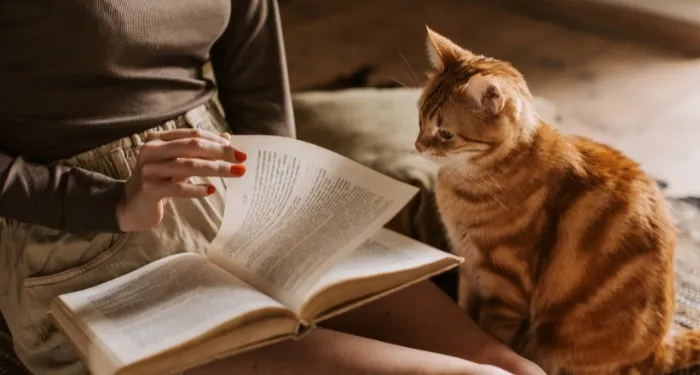

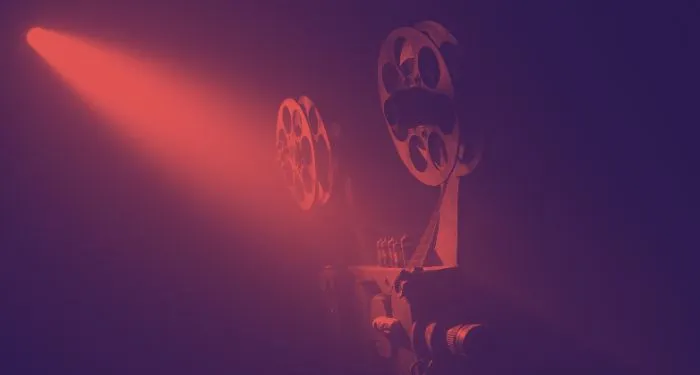
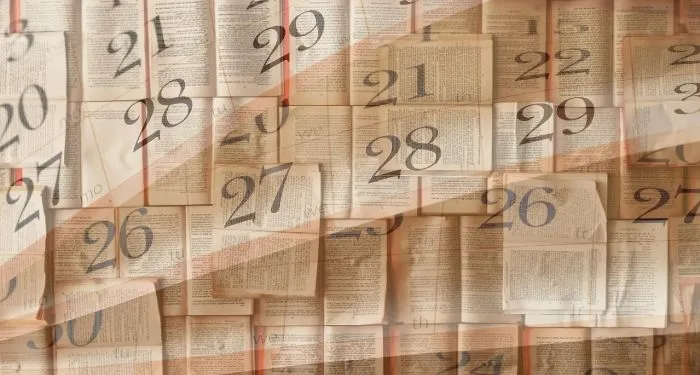


 English (US) ·
English (US) ·